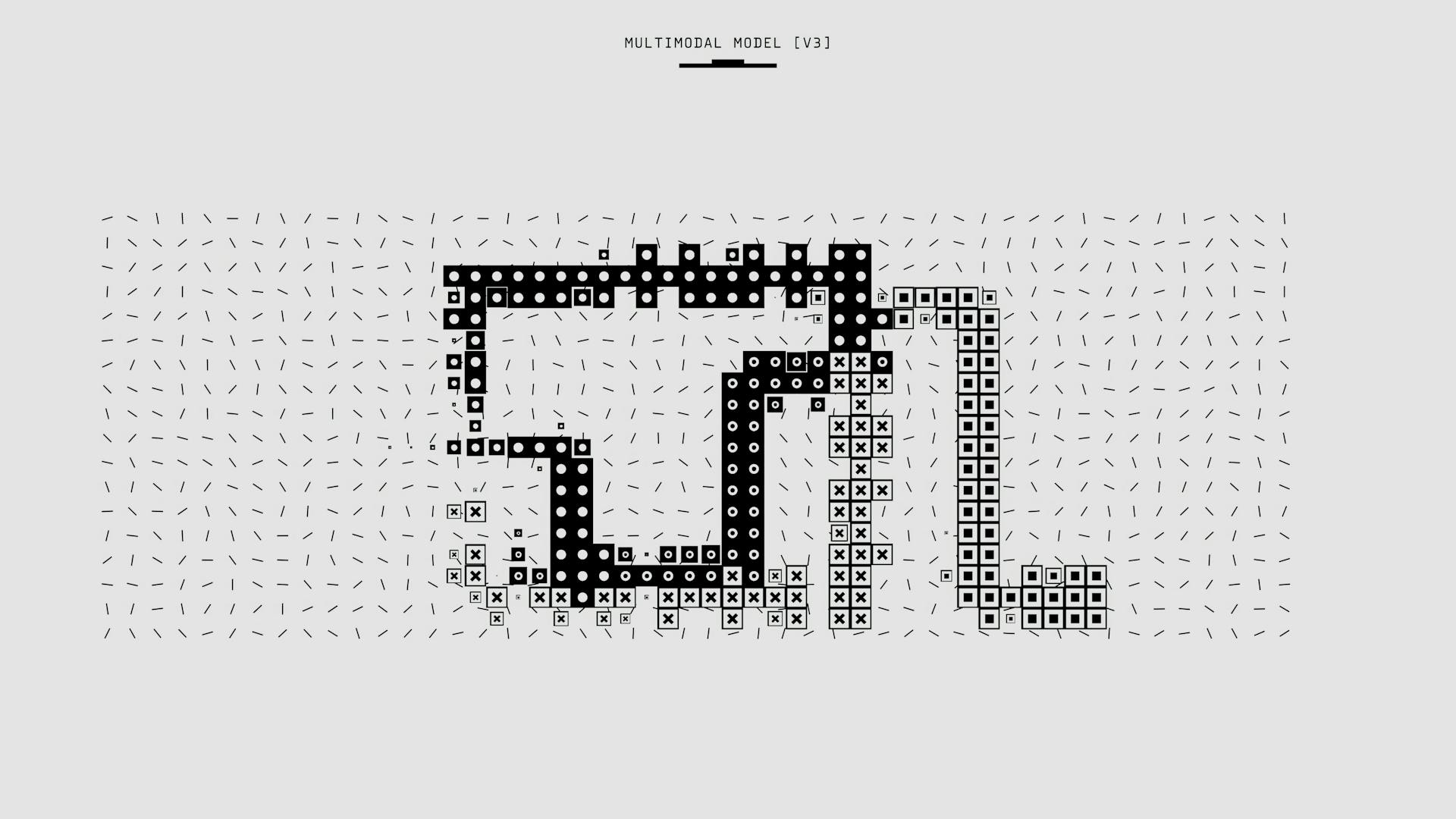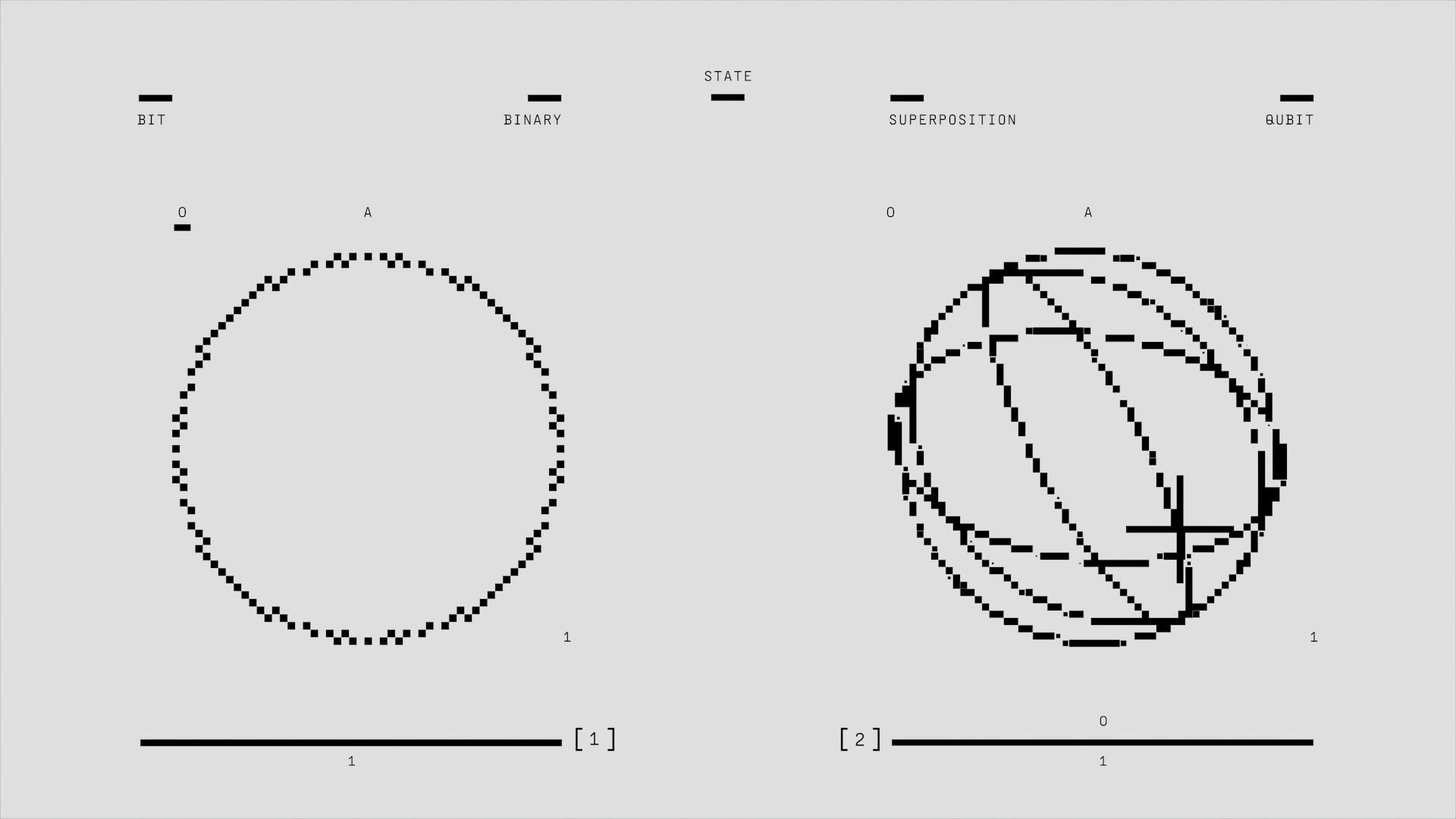
Tsne dimension reduction is a powerful technique for visualizing high-dimensional data in a lower-dimensional space. This allows us to better understand the relationships between data points.
By reducing the number of dimensions, tsne helps us identify patterns and clusters that might be hidden in the original data.
Data Preparation
Data points are specified as an n-by-m matrix, where each row is one m-dimensional point. This is the format that tsne expects as input.
Before creating an embedding, tsne removes rows of X that contain any NaN values. This ensures that the data is clean and ready for dimension reduction.
Data Points
Data Points are crucial in t-SNE, a dimensionality reduction technique. The Fisher iris data set, for example, has four-dimensional measurements of irises, and corresponding classification into species.
The initial points for t-SNE can be set using the command 1e-4*randn(N,NumDimensions) (default) or a custom n-by-NumDimensions real matrix.
Interpreting clusters in t-SNE can be tricky. Avoid over-interpreting global relationships, as the distance between clusters or the relative position of clusters in the plot may not have a meaningful interpretation.
Perplexity is a crucial hyperparameter in t-SNE, roughly corresponding to the number of effective nearest neighbors. Common values are between 5 and 50.
Scaling the data before applying t-SNE can have a significant impact on the results, especially if features are on different scales. Pre-processing steps like scaling or normalizing your data can make a big difference.
Here are some common pitfalls to watch out for in t-SNE:
- Axes have no meaning in t-SNE, so avoid using them for interpretation.
- Reproducibility is important, so set a random seed if you need consistent results.
- Learning rate and number of iterations can impact the results, so experiment with different values.
- t-SNE is not a silver bullet and may not be suitable for every kind of dataset or analysis.
Standardize Flag
The Standardize Flag is a crucial setting to get right in data preparation. It's set to false by default, but you can change it to true if needed.
Setting the Standardize Flag to true will normalize your input data by subtracting the mean and dividing by the standard deviation of each column. This is especially important if features in your data are on different scales.
Features with large scales can override the contribution of features with small scales in the learning process, which is based on nearest neighbors. This can lead to biased results if not addressed.
So, if you have features with vastly different scales, it's a good idea to set the Standardize Flag to true.
Univariate Analysis
When working with data, it's essential to understand the different techniques for dimension reduction. UMAP is a preferred choice for this task due to its strong mathematical theory, which justifies its algorithmic decisions.
UMAP is based in manifold theory and topological data analysis, making it a high-quality general-purpose dimension reduction technique for machine learning.
For another approach, see: Umap Dimension Reduction
Dimensionality Reduction
Dimensionality Reduction is a fundamental technique in data science that helps us visualize and understand complex data. It reduces the number of dimensions in high-dimensional data, making it easier to work with.
The goal of dimensionality reduction is to map high-dimensional data into a lower-dimensional space while preserving the relevant structural information. This is achieved by transforming the input space into a feature space or embedding space, which is typically much smaller.
Dimensionality reduction can be thought of as a way to collapse correlated features into a single underlying feature, making it easier to visualize and understand the data. For example, in a classification problem, temperature and humidity can be collapsed into a single feature since they are highly correlated.
There are several dimensionality reduction techniques, including feature selection, matrix factorization, and neighbor graphs. We'll be focusing on the latter category, which includes SNE, t-SNE, and UMAP.
Here are some key benefits of dimensionality reduction:
- Reduces the number of dimensions in high-dimensional data
- Preserves the relevant structural information
- Makes it easier to visualize and understand the data
Note that different dimensionality reduction techniques have different strengths and weaknesses. For example, PCA works well on linear data, but struggles with non-linear data, whereas t-SNE performs well on both linear and non-linear data.
Dimensionality Reduction
Dimensionality reduction is a fundamental technique in data science that helps us visualize and preprocess high-dimensional data. It maps high-dimensional data to a lower-dimensional space, making it easier to understand and work with.
Dimensionality reduction can be achieved through various methods, including feature selection, matrix factorization, and neighbor graphs. We'll focus on the latter category, which includes techniques like SNE, t-SNE, and UMAP.
These techniques transform high-dimensional input vectors into smaller, dense feature vectors or embeddings. For example, if we have an image with a resolution of 1024×1024, the input dimensionality is over one million. However, if we extract embeddings with 1000 dimensions, the output space dimensionality is three orders of magnitude lower, making it more manageable.
The goal of dimensionality reduction is to preserve the local relationships between points in the high-dimensional space. This means that similar data points should remain close to each other in the lower-dimensional space, and dissimilar points should remain relatively far apart.
t-SNE, in particular, models the original points as coming from a Gaussian distribution and the embedded points as coming from a Student's t distribution. It tries to minimize the Kullback-Leibler divergence between these two distributions by moving the embedded points.
To perform dimensionality reduction, we can use the tsne function, which constructs a set of embedded points in a low-dimensional space. The tsne function takes the input data X and returns the embedded points Y.
The tsne function also allows us to specify the initial embedded points, which can be used as starting values for the optimization algorithm. The initial embedded points can be specified as an n-by-NumDimensions real matrix.
The dimension of the output Y can be specified as a positive integer, generally set to 2 or 3. This is because we can't visualize objects in higher than three dimensions.
Here are some common dimensionality reduction techniques:
- SNE (Stochastic Neighbor Embedding)
- t-SNE (t-distributed Stochastic Neighbor Embedding)
- UMAP (Uniform Manifold Approximation and Projection)
These techniques have different strengths and weaknesses, and the choice of technique depends on the specific problem and data.
PCA vs Algorithm
PCA is a deterministic algorithm that reduces dimensionality, while t-SNE is a randomized non-linear method that maps high-dimensional data to lower dimensions.
The data obtained after reducing dimensionality via t-SNE is generally used for visualization purposes only.
PCA is highly affected by outliers, whereas t-SNE is not, due to their different methodologies.
Before applying t-SNE, you must standardize the data.
The t-SNE algorithm utilizes complex non-linear methodologies to map high-dimensional data to lower dimensions, which helps save time complexity.
Here's an interesting read: Dimension Reduction Pca
Verbose Iterative Display
The Verbose Iterative Display is a feature that allows you to control the level of detail in the output of the tsne algorithm. You can specify the level of verbosity as 0, 1, or 2, with 0 being the default.
Setting Verbose to 1 will print a summary table of the Kullback-Leibler divergence and the norm of its gradient every NumPrint iterations. This can be helpful in monitoring the progress of the algorithm.
If you set Verbose to 2, the algorithm will also print the variances of Gaussian kernels, which are used in its computation of the joint probability of X. This can be useful in identifying potential issues with the data.
A large difference in the scales of the minimum and maximum variances can sometimes result in unsuitable results, and rescaling X may help to improve the outcome.
SNE Algorithm
The SNE algorithm is a building block for t-SNE and UMAP. It's the foundation upon which these dimensionality reduction algorithms are built.
SNE models the original points as coming from a Gaussian distribution. This is a key concept in understanding how SNE works.
The SNE algorithm operates by computing high-dimensional probabilities p and low-dimensional probabilities q. It then calculates the difference between these probabilities using a cost function C(p,q).
Here's a step-by-step breakdown of the SNE algorithm:
- Compute high dimensional probabilities p.
- Compute low dimensional probabilities q.
- Calculate the difference between the probabilities by a given cost function C(p,q).
- Minimize the cost function.
As the building block for t-SNE, SNE is an essential part of understanding how t-SNE works. It's a crucial step in reducing the dimensionality of a dataset while retaining its local structure.
Optimization and Hyperparameters
A too high learning rate might cause the algorithm to oscillate and miss the global minimum, while a too low learning rate can result in a long training process that might get stuck in a local minimum. Typical values for the learning rate range between 10 and 1000.
The perplexity is another important hyperparameter in t-SNE, and it can be thought of as a measure of the effective number of neighbours for each point. A small perplexity emphasizes local structure, while a larger perplexity brings more of the global structure into play.
Typical values for perplexity range between 5 and 50, but this can vary depending on the dataset. Experimenting with different values is key to finding the best setting for a given dataset. Here's a quick summary of the typical values for these hyperparameters:
Experimenting with different values for these hyperparameters can help you find the best setting for your dataset.
Hyperparameters
Hyperparameters play a crucial role in the optimization process, and understanding them is essential for getting the best results.
The learning rate is a key hyperparameter that determines the step size at each iteration while moving toward a minimum of the cost function. A common range for the learning rate is between 10 and 1000.
Perplexity is perhaps the most important hyperparameter in t-SNE, and it can be thought of as a measure of the effective number of neighbors for each point. Typical values for perplexity range between 5 and 50.
A too high learning rate can cause the algorithm to oscillate and miss the global minimum, while a too low learning rate can result in a long training process that might get stuck in a local minimum. Experimenting with different values is key to finding the best setting for a given dataset.
The number of iterations is another hyperparameter that controls how many iterations the algorithm runs before it terminates. If the number is too low, the algorithm might not fully converge.
A small perplexity emphasizes local structure, while a larger perplexity brings more of the global structure into play. It’s often recommended to experiment with different values to see how they affect the results.
The default number of iterations is often set to a value like 1000, but this might need to be increased for larger datasets.
Theta - Barnes-Hut Tradeoff Parameter
The Theta - Barnes-Hut tradeoff parameter is a scalar value that determines the balance between speed and accuracy in optimization. It's a key hyperparameter to consider when using the Barnes-Hut algorithm.
The parameter ranges from 0 through 1, with higher values resulting in faster but less accurate optimization. This is a tradeoff that you'll need to weigh in your own optimization process.
The default value for Theta is 0.5, which strikes a balance between speed and accuracy. However, you can experiment with different values, like 0.1, to see how they impact your results.
Output Arguments
The output arguments of t-SNE are Y, which is the projected data, and run_time, which is the time it took to perform the dimension reduction.
Y is a matrix where each row represents a data point and each column represents a dimension in the new space.
The number of columns in Y is equal to the value of n_components, which is a parameter that determines the dimensionality of the output space.
run_time is a scalar value that represents the time it took to perform the dimension reduction.
Advantages and Disadvantages
tSNE dimension reduction has its pros and cons.
One of the main advantages is that it can give very intuitive visualizations if done correctly, preserving the local structure of the data in the lower dimensions.
tSNE is also computationally expensive, which can be a significant drawback.
Another disadvantage is that it's not very good at preserving global structure.
Hyperparameters play a crucial role in tSNE, and it's sensitive to them.
tSNE can get stuck in local minima, which can be frustrating to deal with.
Interpretation of the results can be challenging with tSNE.
Examples and Applications
T-SNE dimension reduction has numerous applications in various fields. One notable example is its use in visualizing high-dimensional data, such as gene expression data in cancer research.
In a study on breast cancer, researchers used t-SNE to reduce the dimensionality of gene expression data from 20,000 genes to 2D, allowing for the visualization of complex relationships between genes and cancer subtypes. This visual representation helped identify patterns and clusters that would have been difficult to detect in the original high-dimensional data.
T-SNE has also been applied in image processing to reduce the dimensionality of image data, making it easier to analyze and understand complex images.
MNIST Handwritten Dataset Example
The MNIST handwritten dataset is a classic example of non-linear data, which is where t-SNE shines. This dataset contains 10 classes, each representing a different digit from 0 to 9.
You can use the sklearn implementation of the t-SNE algorithm on this dataset, which is a great way to visualize the relationships between the different digits. The MNIST dataset is available for download, and you can load it into a pandas dataframe using the `pd.read_csv` function.
To get started with t-SNE on the MNIST dataset, you'll need to import the necessary modules, including numpy, pandas, and matplotlib. You'll also need to load the MNIST dataset and standardize the data using the `StandardScaler` class from sklearn.
Here are the key steps to reduce the 784-column data to 2 dimensions using t-SNE:
- Load the MNIST dataset and standardize the data.
- Pick the top 1000 points to reduce the dimensionality.
- Configure the t-SNE parameters, including the number of components, perplexity, and learning rate.
- Fit the t-SNE model to the data and transform it to 2 dimensions.
- Create a new dataframe to plot the results.
By following these steps, you can create a scatter plot to visualize the relationships between the different digits in the MNIST dataset. The resulting plot will give you a better understanding of how t-SNE works and why it's better than PCA for non-linear data.
Gallery Examples
Manifold Learning methods can be visualized on a severed sphere, showing how they can recover the underlying structure of the data.
The severed sphere example highlights the ability of Manifold Learning methods to preserve global structure while reducing local distortions.
Locally Linear Embedding and Isomap are effective Manifold Learning methods for handwritten digits, allowing for a more intuitive understanding of the data.

These methods can uncover patterns and relationships in the data that might be difficult to see at first glance.
The effect of various perplexity values on the shape of t-SNE visualizations can significantly impact the resulting plot, with higher perplexity values resulting in a more grid-like structure.
Approximate nearest neighbors in t-SNE can be used to speed up the computation time, making it possible to analyze larger datasets.
Theory and Background
t-SNE is a powerful dimension reduction technique that helps us visualize high-dimensional data in a lower-dimensional space. It's a type of manifold learning.
A good lecture on machine learning will cover manifold learning and t-SNE as a key concept. This is where we learn that t-SNE is a non-linear technique that maps high-dimensional data to a lower-dimensional space.
t-SNE is particularly useful for visualizing complex data that can't be easily represented in two or three dimensions.
Barneshut Exact
The Barneshut exact algorithm is a key aspect of the tsne algorithm, which is used to optimize the Kullback-Leibler divergence of distributions between the original space and the embedded space. This algorithm performs an approximate optimization that is faster and uses less memory when the number of data rows is large.
The Barneshut algorithm uses knnsearch to find the nearest neighbors, making it a more efficient option for large datasets. The exact algorithm, on the other hand, optimizes the Kullback-Leibler divergence of distributions, but it can be slower and use more memory.
To use the Barneshut algorithm, you can specify it as 'barneshut' in the tsne function. This will enable the approximate optimization and reduce the computational time and memory usage.
Here are some key differences between the Barneshut and exact algorithms:
The Barneshut algorithm is a good option when working with large datasets, as it can significantly reduce the computational time and memory usage. However, if you need to optimize the Kullback-Leibler divergence of distributions, the exact algorithm may be a better choice.
Points of Wisdom
When working with t-SNE, it's essential to keep in mind that axes have no meaning, so avoid over-interpreting global relationships. This is because t-SNE is primarily used for visualization, not prediction.

The perplexity of t-SNE is a crucial hyperparameter that roughly corresponds to the number of effective nearest neighbors. This value can significantly impact the results, so it's recommended to experiment with a range of values between 5 and 50.
To ensure reproducibility, set a random seed when running t-SNE, as it starts with a random initialization, leading to different results each time. Multiple runs with different initializations can provide a fuller picture of your data's structure.
Scaling the data is also vital, especially when features are on different scales, as it can have a significant impact on the results of t-SNE. This is because very high-dimensional data might require other steps, like initial dimensionality reduction with PCA, before applying t-SNE.
The curse of dimensionality can be mitigated but not completely overcome by t-SNE. A learning rate that's too high or too low can lead to poor embeddings, and insufficient iterations might mean the algorithm doesn't fully converge.
Here are some key takeaways to keep in mind when working with t-SNE:
t-SNE is not a silver bullet and might not be suitable for every kind of dataset or analysis. Sometimes, other dimensionality reduction techniques like PCA, UMAP, or MDS might be more appropriate.
Frequently Asked Questions
What are the dimensions in t-SNE?
t-SNE maps high-dimensional data to 2-3 dimensions, preserving local relationships between points. This lower-dimensional representation helps visualize complex data in a more intuitive way.
What are the disadvantages of t-SNE?
t-SNE is computationally intensive and can be slow for large datasets, and it also produces non-deterministic results, meaning different runs may yield different outcomes.
What does dimensionality reduction in context of PCA and t-SNE mean?
Dimensionality reduction in PCA and t-SNE reduces complex data to its most essential features, making it easier for machine learning models to generalize and improve accuracy
Sources
- https://www.mathworks.com/help/stats/tsne.html
- https://arize.com/blog-course/reduction-of-dimensionality-top-techniques/
- https://medium.com/@sachinsoni600517/mastering-t-sne-t-distributed-stochastic-neighbor-embedding-0e365ee898ea
- https://www.geeksforgeeks.org/ml-t-distributed-stochastic-neighbor-embedding-t-sne-algorithm/
- https://scikit-learn.org/stable/modules/generated/sklearn.manifold.TSNE.html
Featured Images: pexels.com


